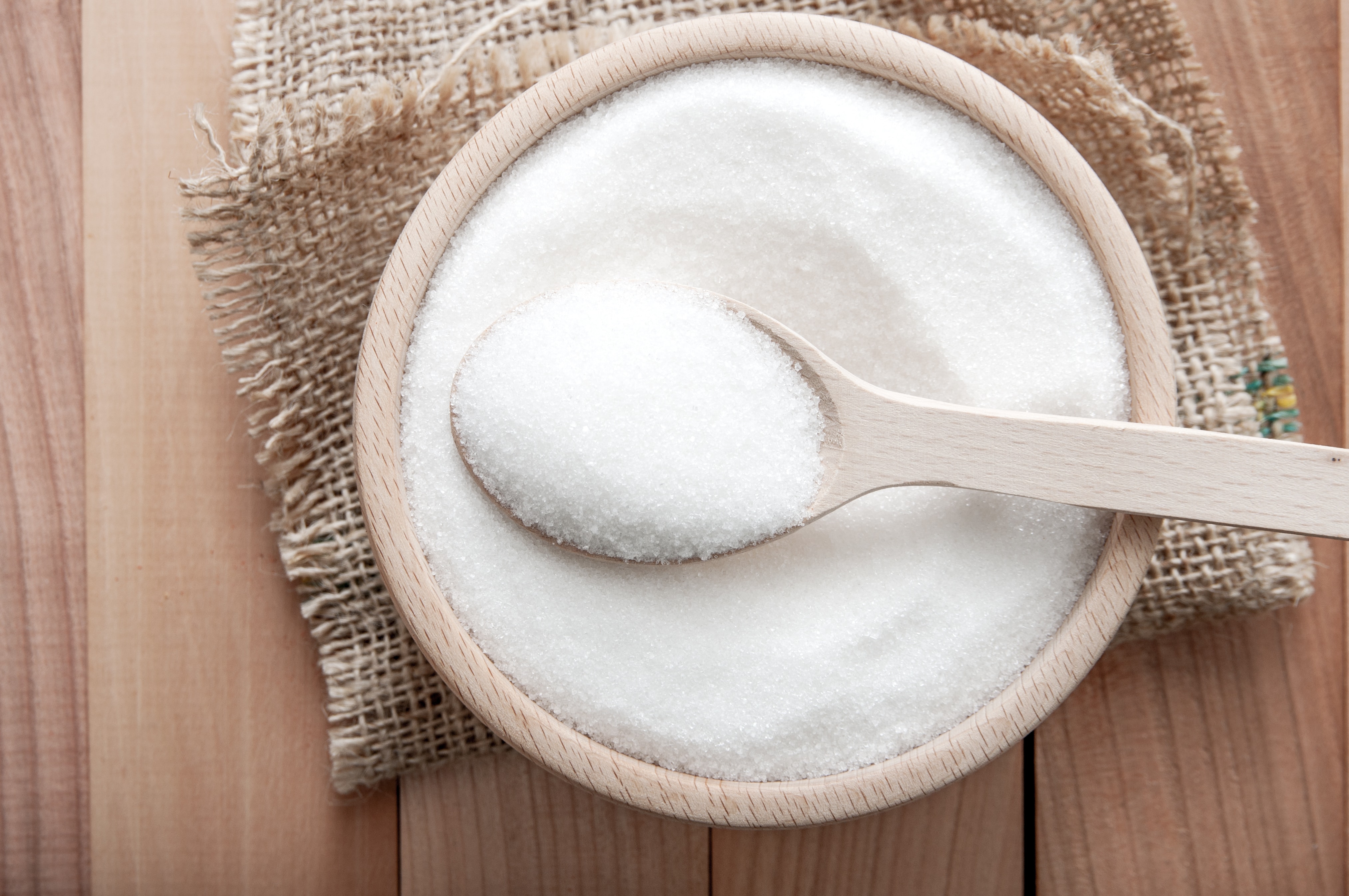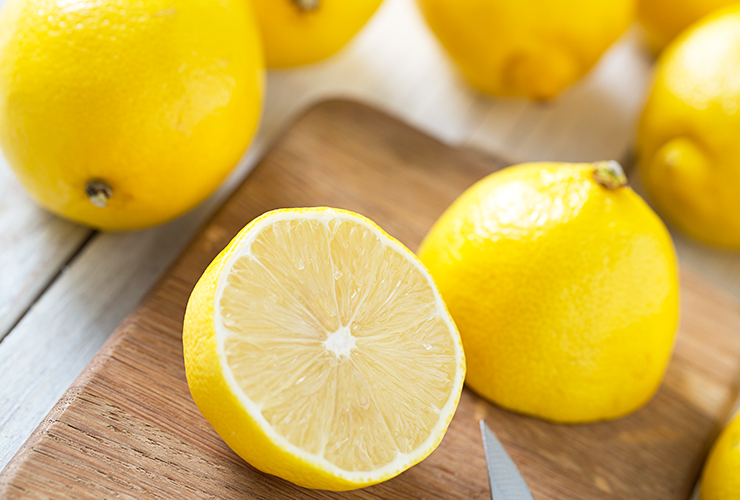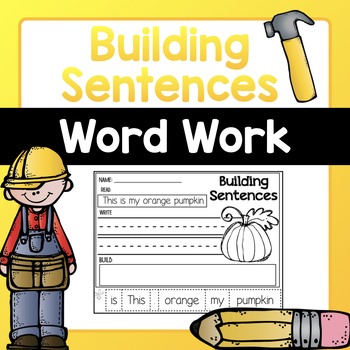Hello!
Cooking can be a child's play as well as their learning! Let's see how...
I am going to talk about using Time Words for writing instruction texts like - recipes, making a craft, giving directions, etc.
They help students write the events/instructions in a sequential manner. To explain further, I will take up a very simple example of making a lemonade.
The recipe is super simple and Parents could also try it with their kids during their summer break for a refreshing twist!
Before starting the lemonade-making activity, discuss the time words - first, next, then, after that, later, finally and their usage in sentences and texts.
Before starting the lemonade-making activity, discuss the time words - first, next, then, after that, later, finally and their usage in sentences and texts.
The following is just an idea which you could use to do that:
Ask a child to use time words to tell you the steps for brushing teeth or what the child did after waking up in the morning. Encourage them to use time words while narrating the order of events.

Let's begin!
You will need:



- a sliced lemon
- a glass of water
- some black salt
- two teaspoons of sugar
- an empty jar
Keep the ingredients ready on a table and gather your class around. Ask them if they have made lemonade before. If so, then incorporate their recipe or else show them how its made. While making the lemonade, say the steps aloud using the time words.
For example:
First, pour a glass of water in an empty jar.
Next, add two teaspoons of sugar and a pinch of black salt to the water.
Then, squeeze a lemon into the mixture.
After that, give it a nice stir.
Finally, pour the lemonade in the glass and enjoy your drink!
Remember: Children should ask an adult to slice the lemon into two, using a knife.
Remember: Children should ask an adult to slice the lemon into two, using a knife.
Once the activity is over, you can ask the students to go back to their places and write the instructions in their notebooks. To make it more engaging, you could ask them to follow the instructions they have written and make a glass of lemonade for themselves.
Overall, making of the lemonade turned out to be an interesting lesson for my class. We even enjoyed having the lemonade made by us. :)
Keep Cooking! Keep Learning!
Overall, making of the lemonade turned out to be an interesting lesson for my class. We even enjoyed having the lemonade made by us. :)
Keep Cooking! Keep Learning!







